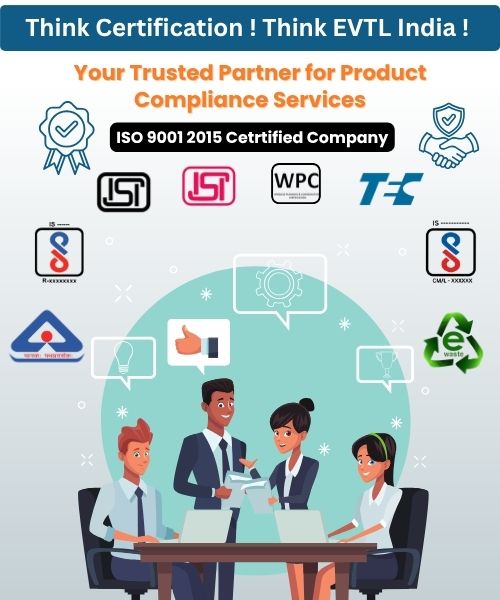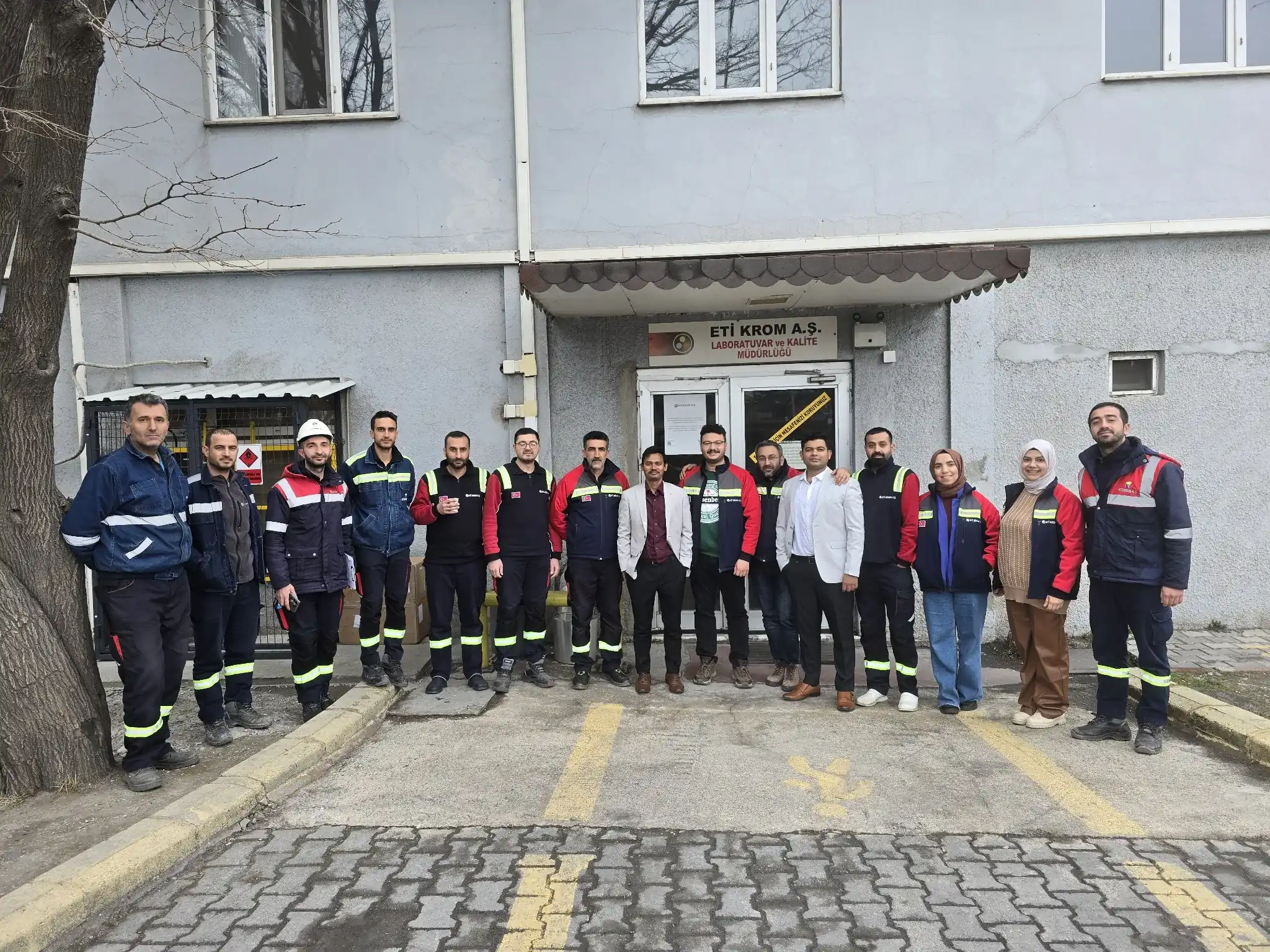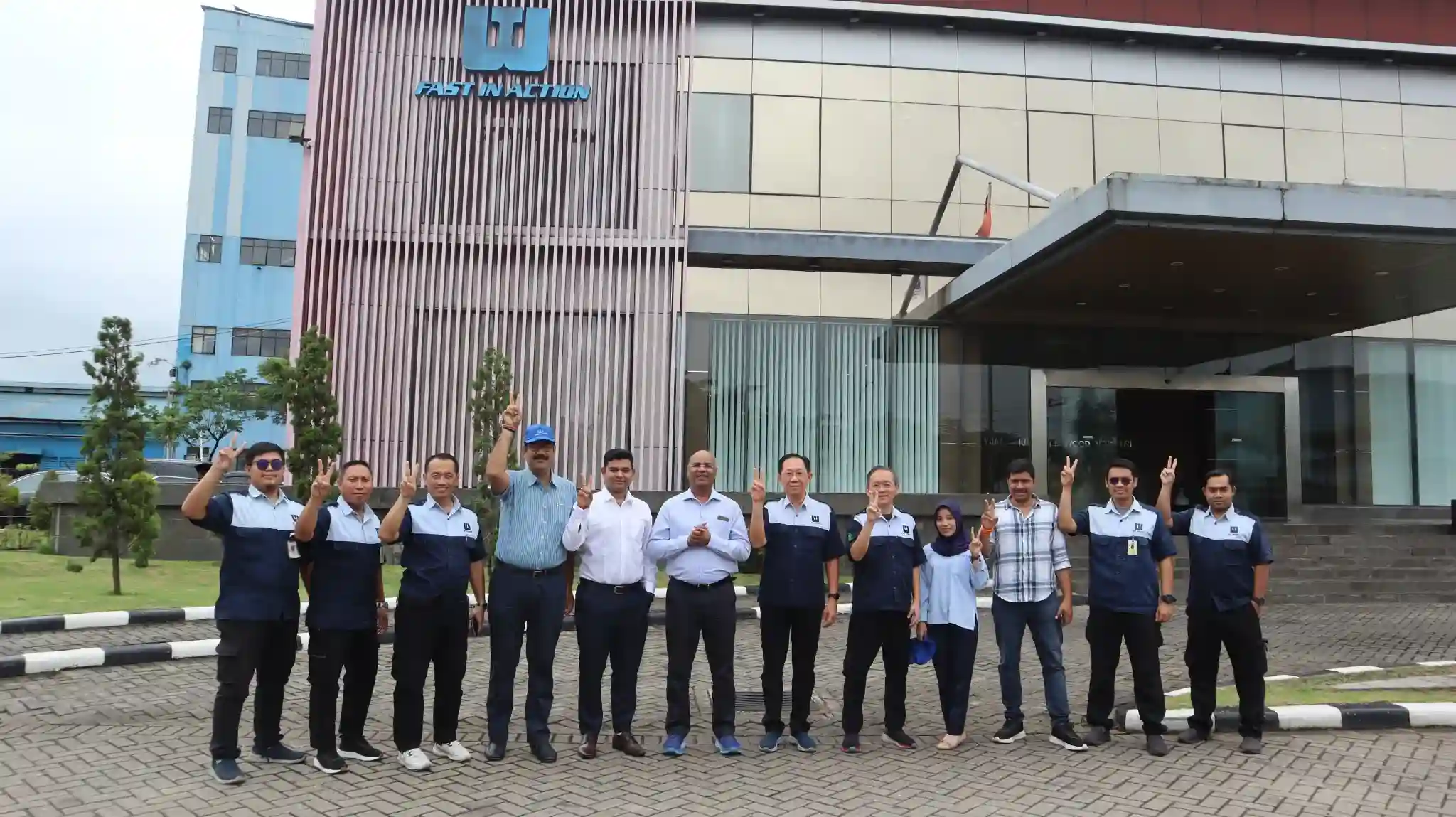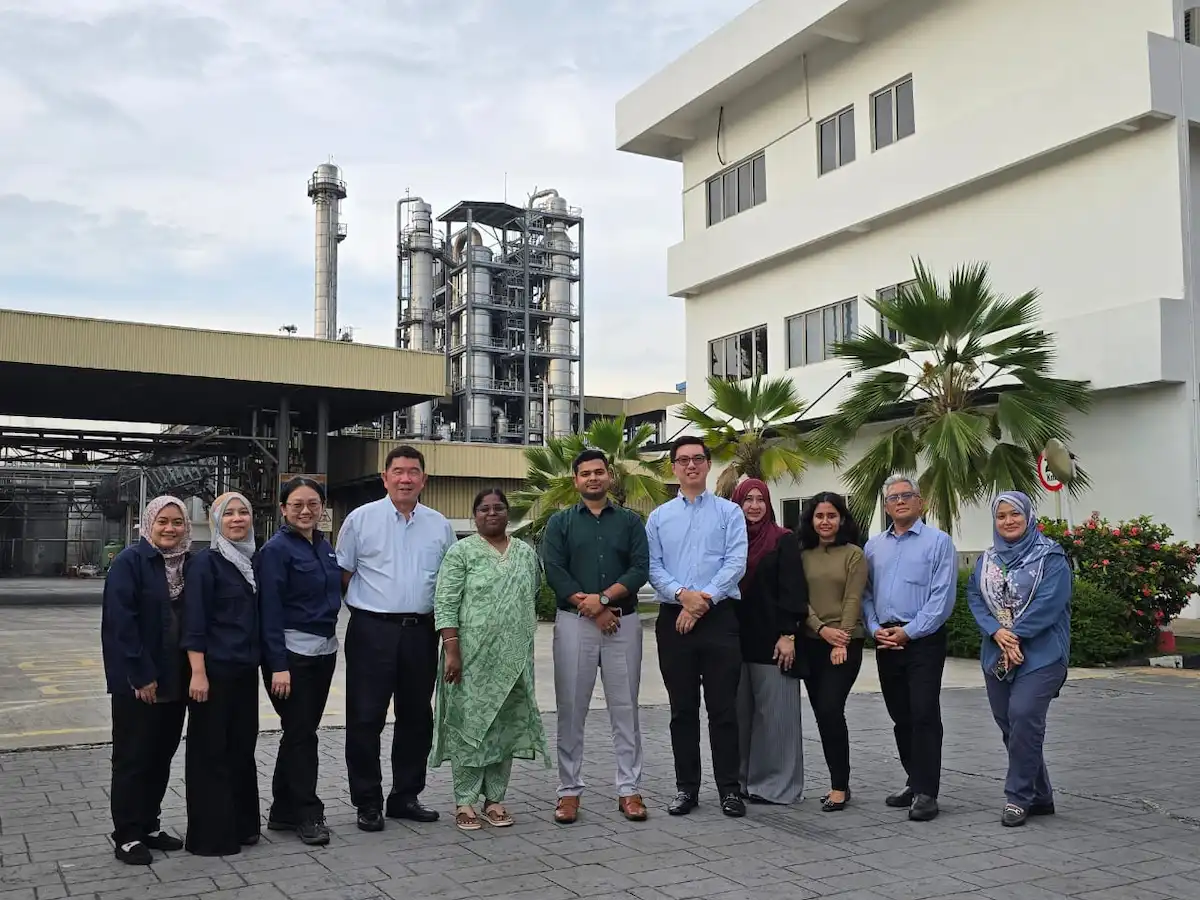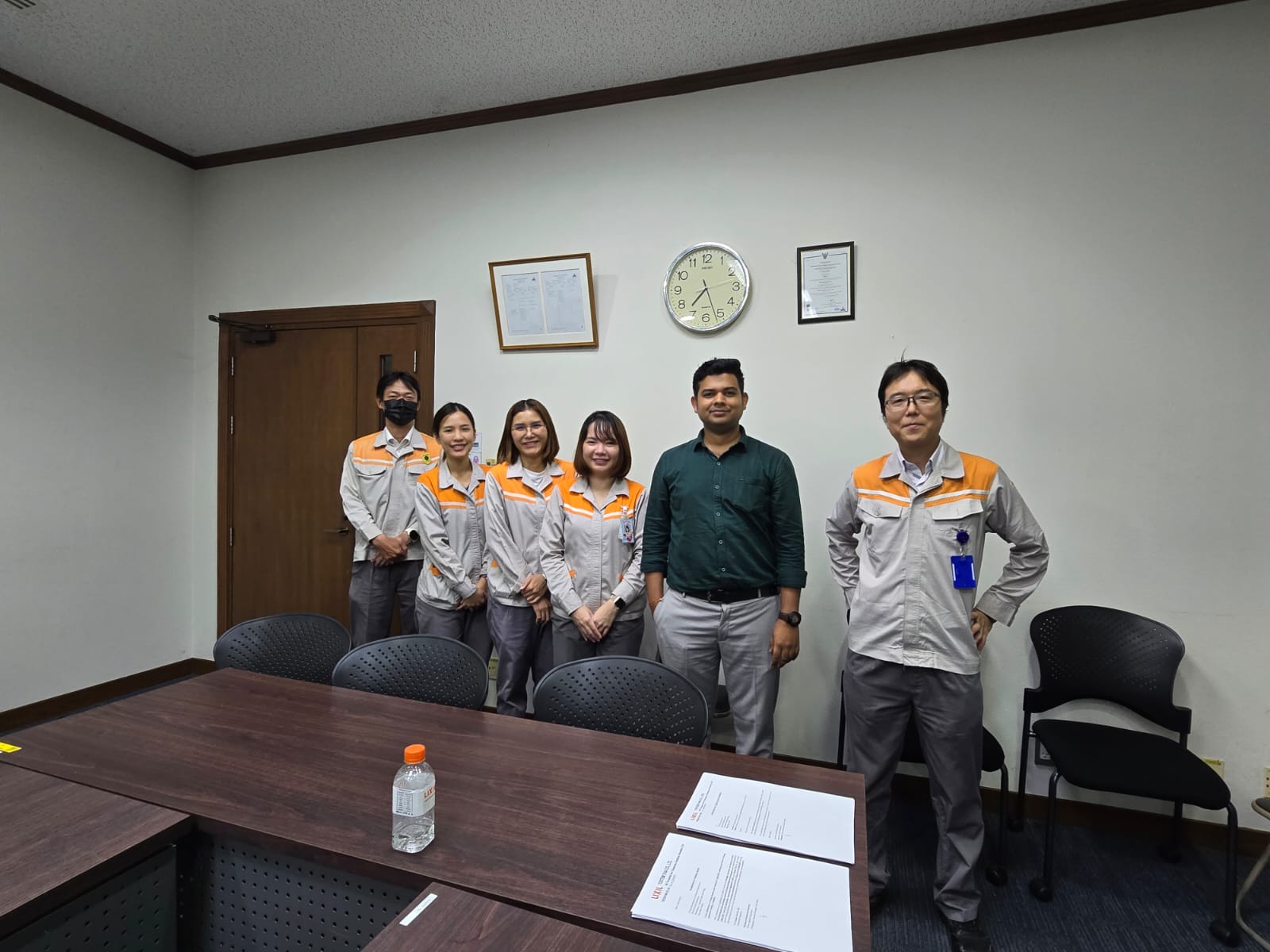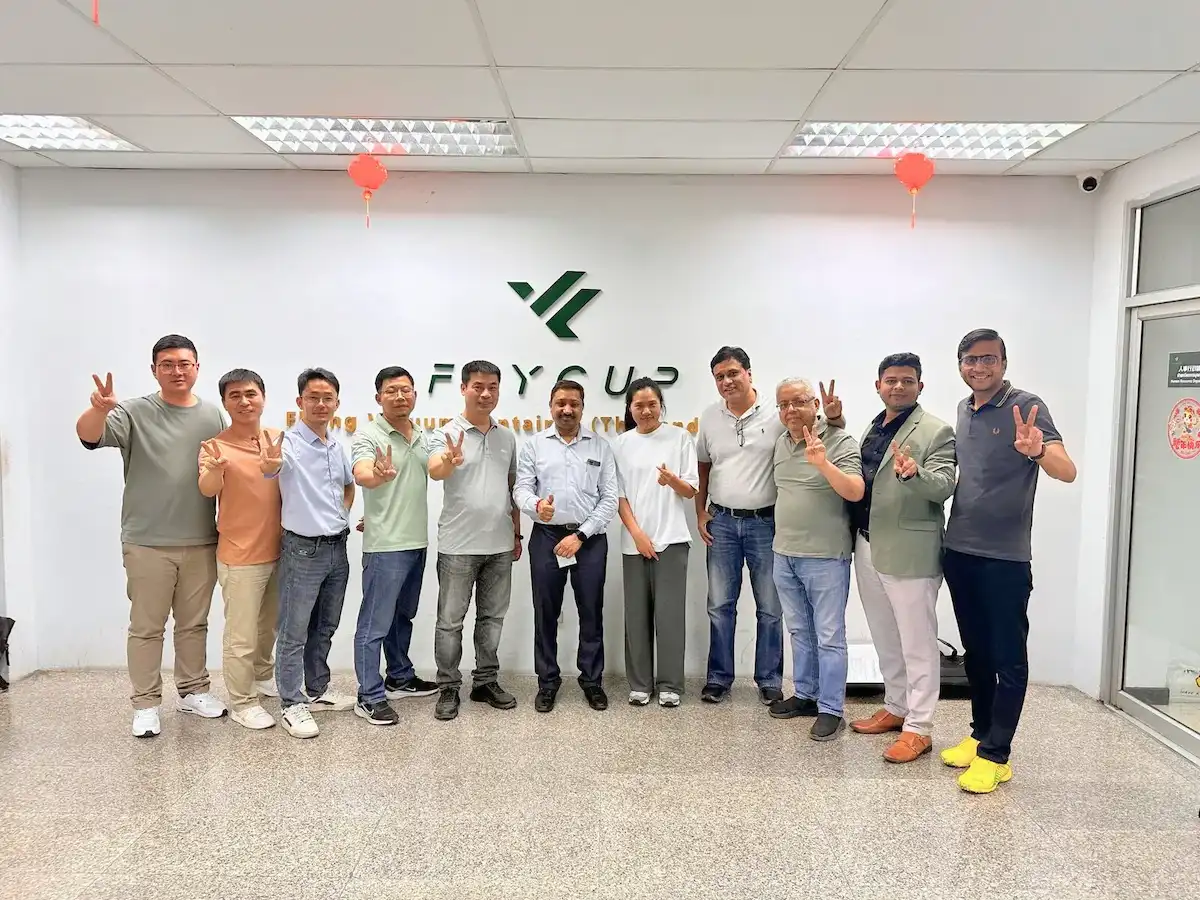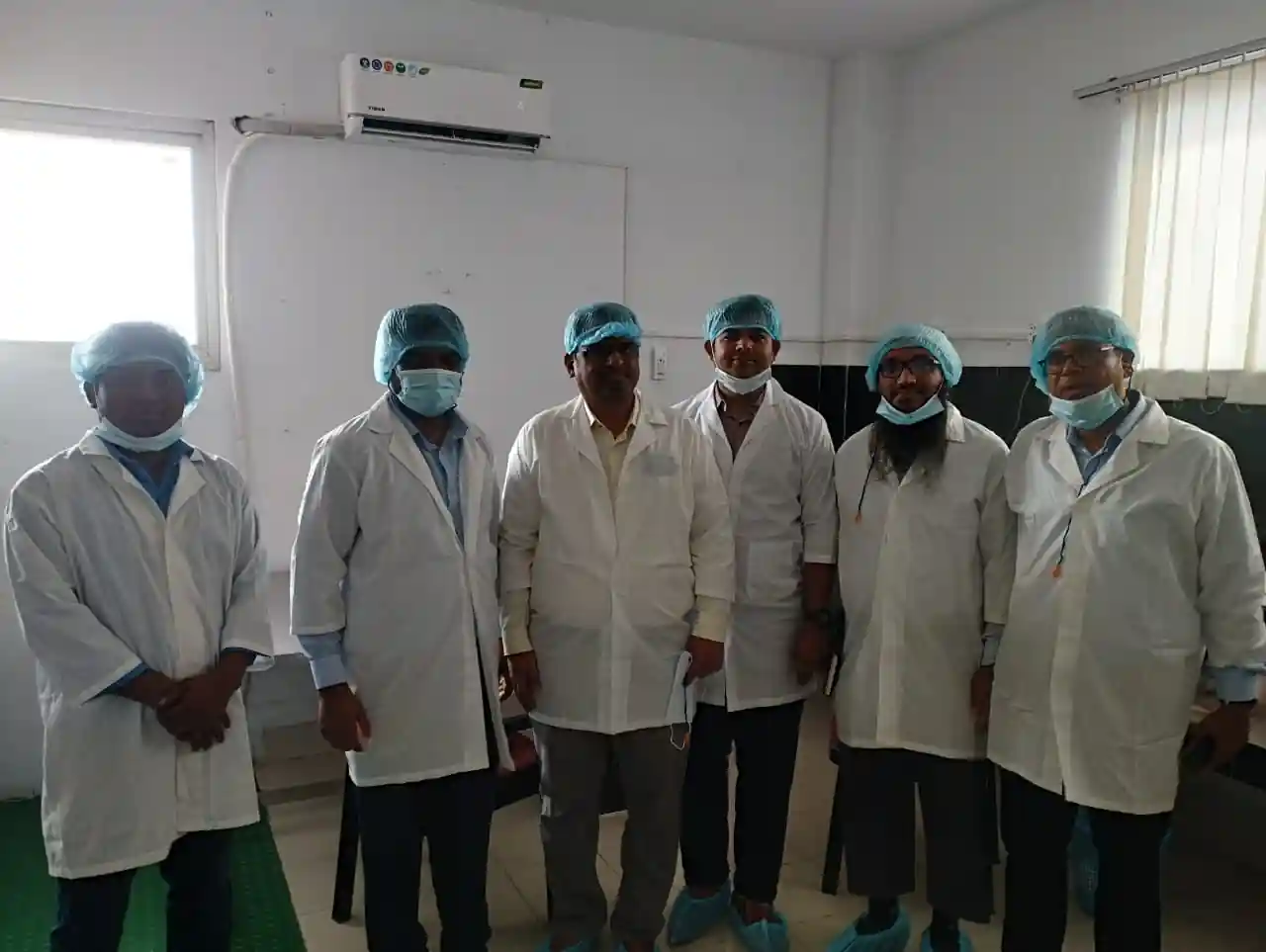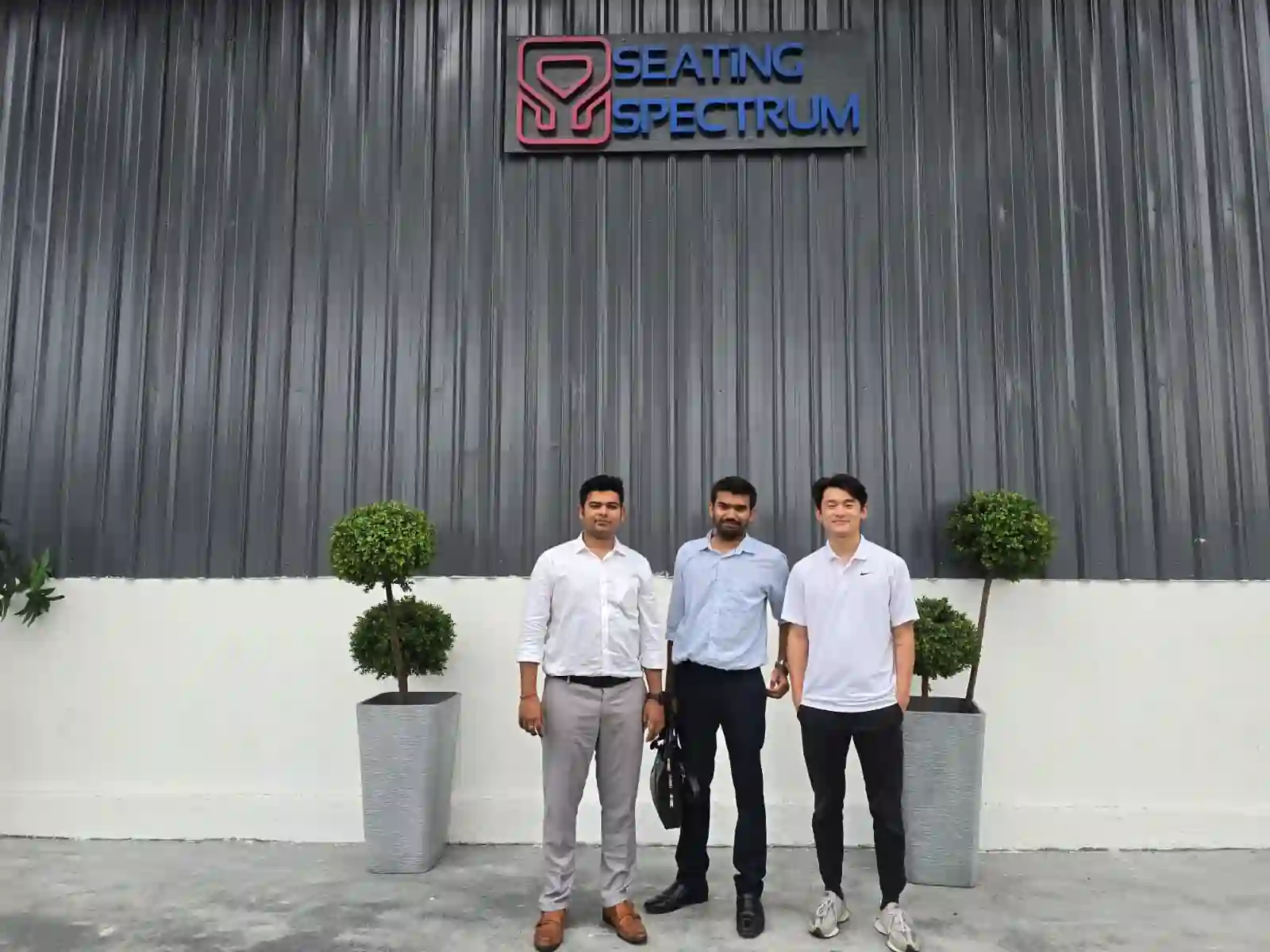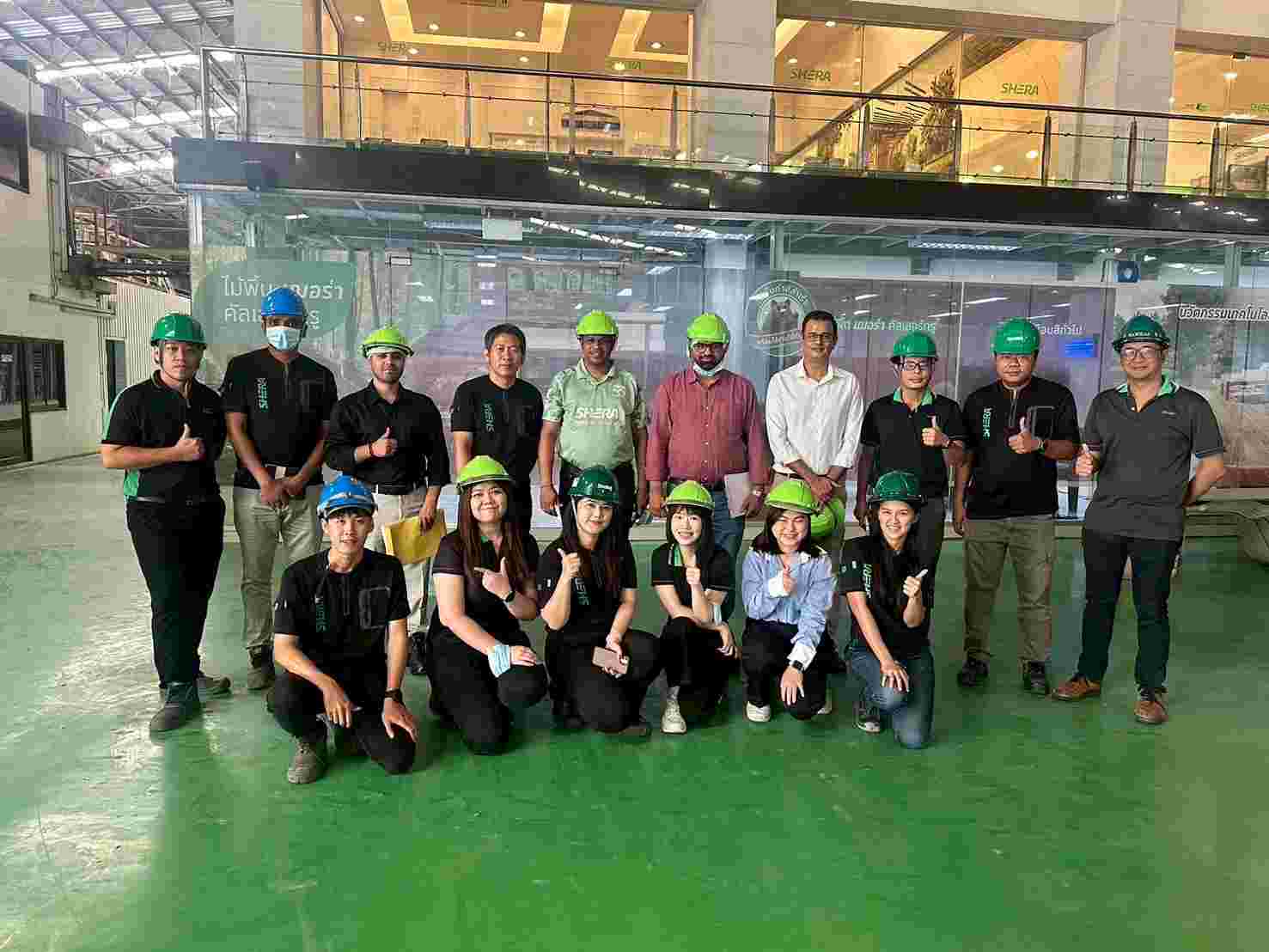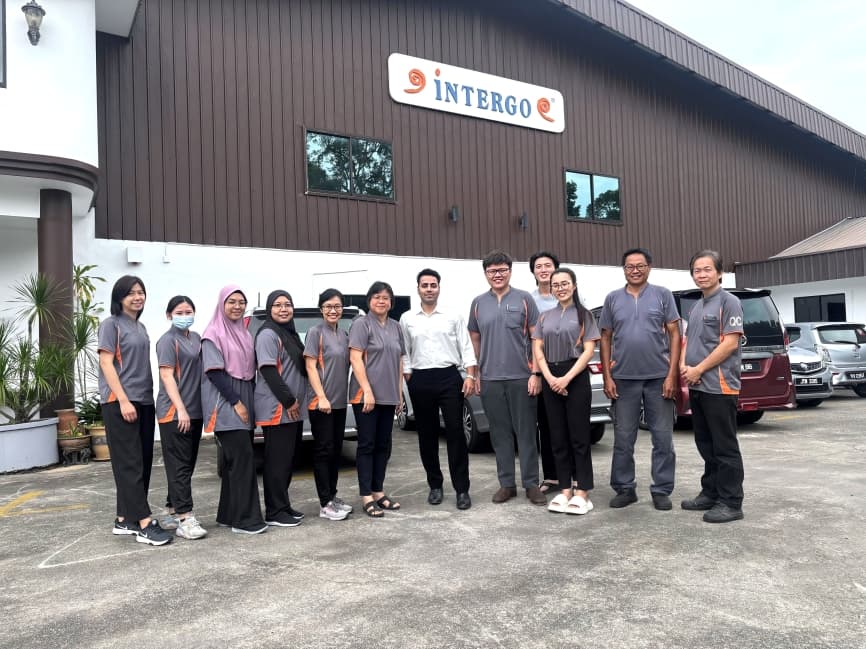Get A Quote
BIS Certification for Fire Retardant Plywood IS 5509: 2021
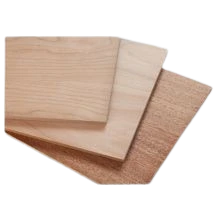
Fire retardant plywood is a specialized plywood designed to minimize the risk of fire and delay its spread. It is treated with fire-resistant chemicals that enhance its ability to withstand high temperatures and reduce the release of toxic fumes. This plywood is widely used in applications requiring enhanced fire safety, such as public buildings, transportation, hospitals, and residential interiors.
Its durability, strength, and fire-retardant properties make it an essential choice for projects where fire safety compliance is critical. Available in various grades and sizes, fire retardant plywood combines functionality and safety to meet diverse industry needs.
Introduction
BIS certification
for fire retardant plywood ensures compliance with IS 5509: 2021, which sets stringent requirements for the
fire-resistant properties of plywood. The Plywood
and Wooden Flush Door Shutters (Quality Control) Order, 2023, issued by the
Ministry of Commerce and Industries (Department for Promotion of Industry &
Internal Trade), mandates BIS certification (ISI Mark) for fire retardant
plywood before it is sold in the Indian market. Certification assures that the
plywood has undergone rigorous testing for flammability, heat resistance, and
mechanical integrity, making it safe for use in fire-prone environments. By
obtaining BIS certification, manufacturers demonstrate their commitment to
quality, safety, and compliance, thereby gaining consumer trust and meeting
regulatory requirements.
Why is BIS Certification
Necessary for Fire Retardant Plywood?
BIS certification for fire retardant plywood is essential to ensure safety and quality in high-risk environments. As per IS 5509: 2021, fire retardant plywood must meet stringent standards for fire resistance, durability, and structural integrity. Certification ensures that the product can effectively resist fire and delay its spread, providing valuable time for evacuation and reducing damage. The Plywood and Wooden Flush Door Shutters (Quality Control) Order, 2023 makes BIS certification mandatory, ensuring only compliant products enter the market. Non-compliance is punishable under the provisions of the Bureau of Indian Standards Act, 2016, emphasizing the legal necessity of certification. For manufacturers, BIS certification validates product reliability, boosts market credibility, and aligns with mandatory safety standards.
BIS QCO for Fire retardant plywood
Overview of Indian
Standard IS 5509: 2021
IS 5509: 2021 specifies the requirements
for fire retardant plywood used in applications where fire resistance is
critical. The standard outlines parameters for treating plywood with
fire-retardant chemicals, ensuring low flammability, minimal smoke emission,
and high resistance to heat. It includes rigorous testing for flame
penetration, ignition resistance, and smoke density to verify compliance with
fire safety standards. The standard ensures that fire retardant plywood is
suitable for use in residential, commercial, and industrial settings where
enhanced fire protection is necessary. BIS certification based on IS 5509: 2021
assures consumers and regulators of the product's compliance with fire safety
requirements, making it a mandatory quality assurance for manufacturers.
Process for BIS Certification
The BIS
certification process for Fire Retardant Plywood involves multiple steps,
designed to thoroughly evaluate a product's compliance with the required
standards. Here is a general overview of the certification process:
1. Application Submission: Manufacturers
must submit an application form along with required documentation to BIS.
2. Documentation Review: BIS reviews the
submitted documents to ensure completeness and correctness.
3. Factory Inspection: BIS officials conduct
an on-site inspection of the manufacturing facility to assess the production
process and quality control measures.
4. Sample Testing: Product samples are
taken and tested in BIS-approved laboratories to verify compliance with Indian
standards.
5. Certification Grant: Upon successful
completion of the inspection and testing, BIS grants certification, allowing
the manufacturer to use the BIS mark on their products.
Documents
Required for BIS Certification
To apply for BIS
certification, manufacturers need to submit the following documents:
● Application form
● Manufacturing process details
● Quality control plan
● Test reports from BIS-approved
laboratories
● Factory layout and equipment
details
● Proof of business registration
● Product specifications and
technical details
● Declaration of conformity to
Indian standards
Additionally, manufacturers may be required to provide proof of compliance with environmental and safety regulations, depending on the specific type of product being certified.
BIS ISI Mark Certification Costing And Timeline
To Know The Process in Detail, Please Visit:
- BIS ISI Mark Certification for Domestic Manufactures
- BIS ISI Mark Certification for Foreign Manufactures
Under BIS Registration Products ISI and CRS
Conclusion
BIS certification
for Fire Retardant Plywood is essential to ensure adherence to quality and
safety standards as per IS 5509 : 2021. By complying with the mentioned Quality
control order, certified products provide reliable performance, enhance
consumer safety, and reinforce the credibility of manufacturers in the Indian
market.
Navigating the BIS certification
process can be challenging, especially for small and medium-sized enterprises.
EVTL India is a leading consultancy firm dedicated to assisting manufacturers
in obtaining BIS certification (ISI Mark) efficiently. With expertise in
managing BIS portal submissions, documentation, and regulatory fees, EVTL India
ensures a smooth and successful certification process. By choosing EVTL India,
manufacturers can enhance their product's marketability both in India and
internationally, securing a competitive edge. Additionally, EVTL India provides
ongoing support post-certification, helping manufacturers maintain compliance
with BIS standards and renew their licenses as needed.
Free Call Back
Latest News & Update
📅 BIS Critical Component List (CCL) Updates for Solar PV Modules
🕒 BIS Fee Concessions for MSMEs and Startups | EVTL India
📅 Guidelines for Implementation of Essential Requirements for Security of CCTV
🕒 Omnibus Technical Regulation (OTR) Amendment Order, 2025
🕒 Extension of Timeline for Filing Annual Returns by Battery Producers
📅 Extension of Timeline for Filing Quarterly and Annual Returns for E-Waste
🕒 Extension of Concurrent Running Period for IS 302-1: 2008 and IS 302 (Part 1): 2024
🕒 BIS Guidelines for Grant of Licence (GoL) | EVTL India
📅 CPCB Guidance on filing of Application, Fees and more
🕒 CPCB Notification on Labelling of Plastic Packaging
📅 Mandatory Compliance for Input Materials of Steel and Steel Products for Imports
🕒 BIS Guidelines for Scheme-X Certification for OTR-Regulated Products
📅 BIS Upgrades Product Certification License Numbers to 10-Digit Series
🕒 BIS Certification No Longer Mandatory for 14 Chemical & Polymer Categories
Why Choose EVTL INDIA
Expertise in Indian Regulatory Standards
End-to-End Support
Trusted by Top Indian & Global Brands
Fast Processing & Transparent Pricing
Strong Liaison with Indian Authorities
Company Profile